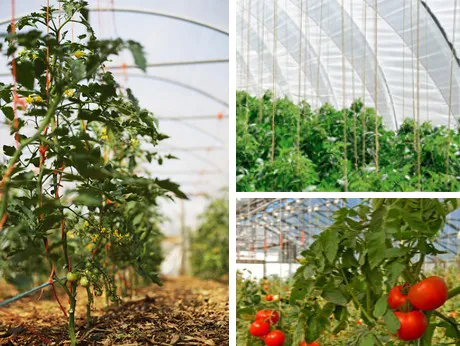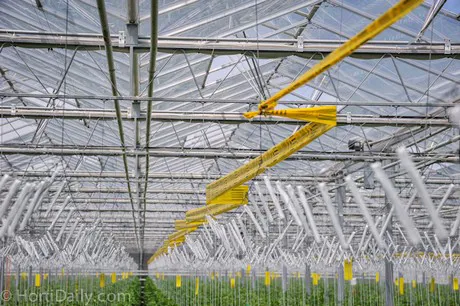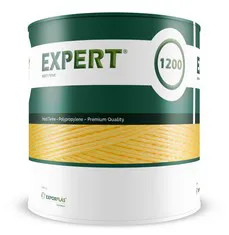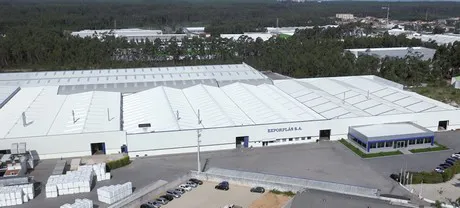
"Horticultural twine needs to meet a variety of very technical requirements, it is not as simple as you would think", explained Henrique Ribas of Exporplas. The Portuguese company has been manufacturing ropes, yarns and synthetic twines for almost 35 years. "We have invested a significant amount of time and capital into the research and development of wear resistant twines for use in greenhouse cultivation. Our factory is lined up with an advanced extruding system which enables us to manufacture twines with very precise quality and maximum detail."
One of these precise aspects is the free fall ability. "A greenhouse twine for free fall hooks needs to have a flexible behaviour to fit around a metal hook. At the same time it needs to be soft enough in order to fall straight down smoothly without any bends. It requires a severe amount of R&D in order to find the right balance between these properties."

Besides the free fall ability, wear resistance, strength and thickness are very important too. Ribas explained that another very important property is the UV-stability of the twine. "Greenhouse twines are exposed to extreme radiation and light conditions which can cause a breakdown of the fibers. Our Expert Horti Twine is available with various gradations of UV Stability in order to provide a secure solution for each climate in the world."

Exporplas' horticultural twines are mainly used in tomato, pepper, cucumber and eggplant crops. "We have them available in various thicknesses and color configurations, with the white, green, blue, yellow and black colors being the most popular ones."

The twines of Exporplas are exported to 50 countries all around the world through a widespread network of distributors and supply companies. "We have enough capacity available to increase our production and are therefore open to establish new relationships with other distributors. Feel free to contact us for more information."
 For more information:
For more information:Exporplás
Henrique Ribas
henriqueribas@exporplas.pt
+351 256 790 340
www.exporplas.pt
